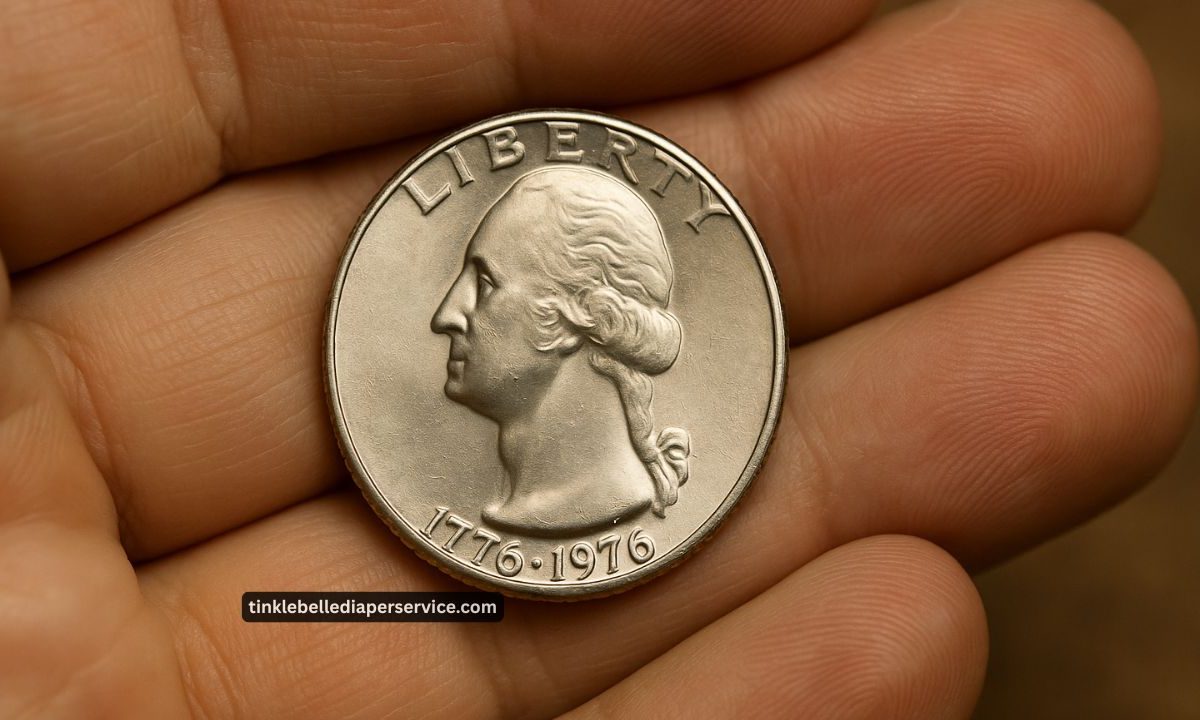In the world of coin collecting, few stories are as captivating as that of the 1976 Bicentennial Quarter.
While millions were minted to commemorate the United States’ 200th anniversary, a select few have become the stuff of legend, with one rare variant reportedly valued at $1 million.
Astonishingly, some of these valuable coins are still in circulation, waiting to be discovered by an unsuspecting individual.
The Bicentennial Quarter: A Brief Overview
Released in 1976, the Bicentennial Quarter was part of a special coinage series celebrating America’s 200th year of independence.
Unlike standard quarters, these coins feature a unique reverse design: a colonial drummer boy accompanied by a torch encircled by thirteen stars, symbolizing the original colonies.
The obverse retains the familiar portrait of George Washington but is marked with the dual date “1776–1976” to signify the bicentennial year.
What Makes a Bicentennial Quarter Worth $1 Million?
While the majority of Bicentennial Quarters are common, certain rare variants have fetched extraordinary sums due to specific factors:I
- Minting Errors: Some quarters were mistakenly struck on dime planchets or exhibit double die errors, making them highly sought after by collectors.
- Metal Composition: A limited number were minted in 40% silver, primarily for collectors. These silver-clad coins are more valuable than their copper-nickel counterparts.
- Proof Strikes: High-quality proof coins, especially those with the “S” mint mark from the San Francisco Mint, are prized for their sharp details and mirror-like finish.
- Condition: Coins graded as Mint State (MS) 67 or higher are exceptionally rare and can command premium prices.
One such coin, a 1976 Bicentennial Quarter with a unique error and pristine condition, has been valued at $1 million, highlighting the immense worth that can be hidden in plain sight.
Key Details of the Rare Bicentennial Quarter
| Feature | Description |
|---|---|
| Year of Issue | 1976 |
| Commemorative Purpose | 200th Anniversary of U.S. Independence |
| Obverse Design | George Washington with dual date “1776–1976” |
| Reverse Design | Colonial drummer boy with torch and thirteen stars |
| Mint Marks | “D” (Denver), “S” (San Francisco), None (Philadelphia) |
| Composition | 75% Copper, 25% Nickel (standard); 40% Silver (limited collector’s edition) |
| Notable Variants | Silver-clad proofs, minting errors, high-grade specimens |
| Estimated Top Value | Up to $1 million for rare error coins in exceptional condition |
How to Identify a Valuable Bicentennial Quarter
To determine if you possess a rare and valuable Bicentennial Quarter, consider the following steps:
- Examine the Mint Mark: Locate the mint mark on the obverse side of the coin. An “S” indicates a San Francisco mint, which produced both proof and silver-clad versions.
- Check for Errors: Look for anomalies such as double die errors, off-center strikes, or coins struck on incorrect planchets.
- Assess the Condition: Coins with minimal wear and sharp details are more valuable. Professional grading services can provide an official grade.
- Determine the Composition: Silver-clad coins are heavier and have a distinct ring when dropped gently. A professional can test the metal content.
The tale of the rare Bicentennial Quarter serves as a thrilling reminder that hidden treasures can exist in the most ordinary places.
While the chances are slim, the possibility that a simple coin in your pocket could be worth a fortune is a testament to the fascinating world of numismatics.
Whether you’re a seasoned collector or a curious individual, it’s worth taking a closer look at your change—you might just uncover a piece of history.
FAQs
How many Bicentennial Quarters were minted?
Approximately 1.6 billion Bicentennial Quarters were produced across various mints, making them common in circulation.
Are all Bicentennial Quarters valuable?
No, most are worth their face value. Only specific variants with errors, silver content, or in exceptional condition hold significant value.
How can I get my Bicentennial Quarter appraised?
Consult a reputable coin dealer or a professional grading service like PCGS or NGC for an accurate assessment.

